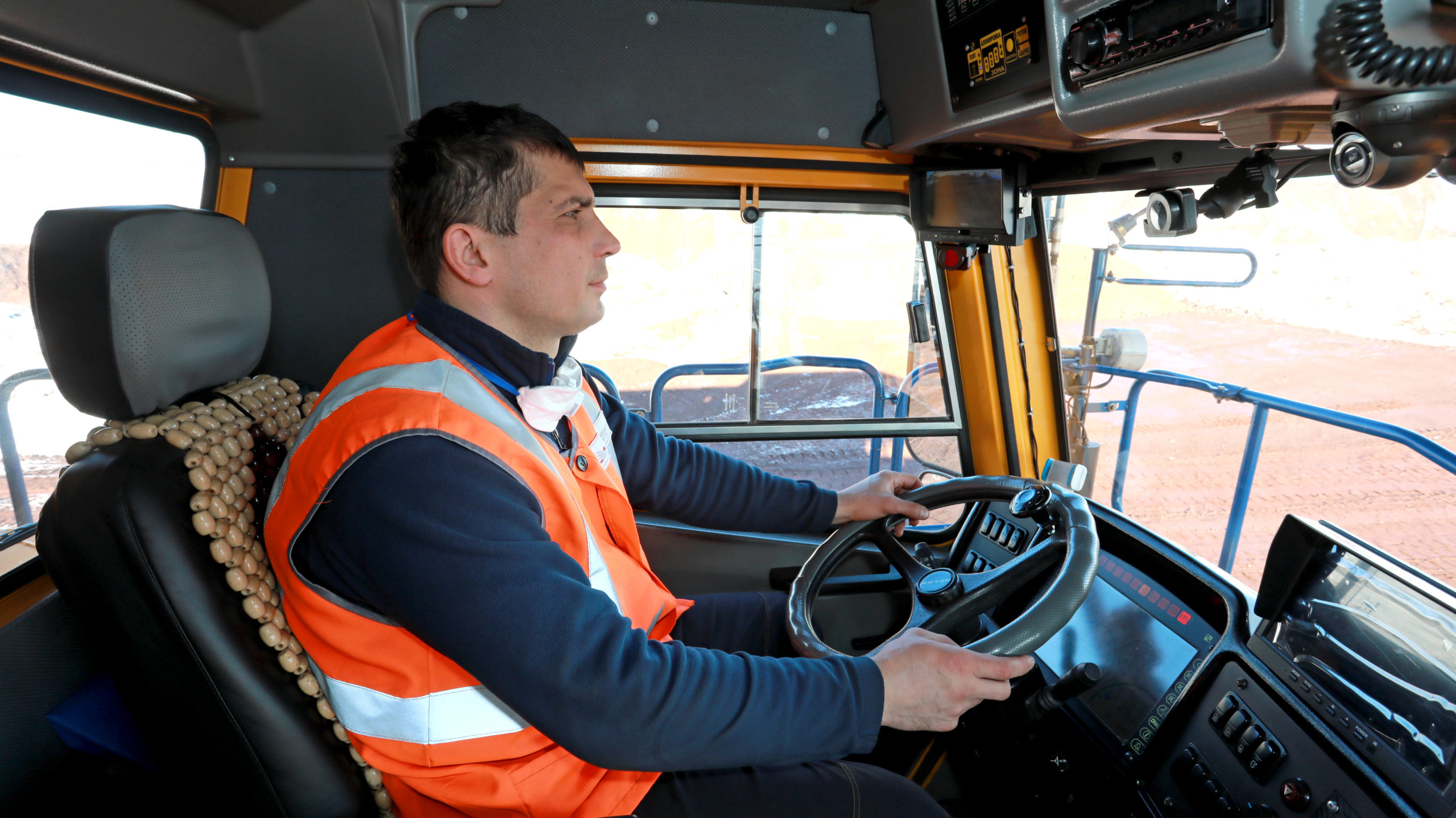
Pentingnya Manajemen Fatigue di Perusahaan Tambang dan Regulasi Kecukupan Jam Tidur

The mining industry in Indonesia is a significant contributor to the country’s economy, providing valuable resources and employment. However, it also poses considerable risks to the health and safety of its workers. To address these challenges, the development of occupational health and safety (OHS) software applications has become increasingly important. This article explores the evolution, impact, and future prospects of OHS software applications in Indonesian mining companies.
The Evolution of OHS Software Applications
Early Stages of OHS Management
In the early days, occupational health and safety in mining relied heavily on manual processes and paper-based systems. These methods were often inefficient, prone to errors, and challenging to manage. As the mining industry grew, the need for more effective and reliable OHS management became evident.
Introduction of Digital Solutions
The advent of digital technology marked a significant shift in OHS management. Initial software solutions were primarily focused on basic compliance and reporting. These early applications provided a foundation for tracking incidents, managing documentation, and ensuring regulatory compliance.
Integration of Advanced Technologies
With advancements in technology, OHS software applications have evolved to include more sophisticated features. The integration of IoT (Internet of Things) devices, real-time data analytics, and mobile accessibility has transformed the way mining companies manage health and safety. These innovations have led to more proactive and preventative approaches to OHS.
Key Features of Modern OHS Software Applications
Real-Time Monitoring and Reporting
Modern OHS software applications enable real-time monitoring of various parameters, such as air quality, equipment status, and worker health. This real-time data allows for immediate response to potential hazards and helps prevent accidents before they occur.
Incident Management and Reporting
Effective incident management is crucial in the mining industry. OHS software applications provide tools for documenting, investigating, and analyzing incidents. This helps identify root causes, implement corrective actions, and prevent recurrence.
Compliance Management
Ensuring compliance with local and international regulations is a complex task. OHS software applications assist mining companies in tracking regulatory requirements, maintaining documentation, and preparing for audits. This reduces the risk of non-compliance and associated penalties.
Training and E-Learning Modules
Training is a vital component of OHS management. Modern software solutions offer e-learning modules, virtual reality (VR) training, and other interactive tools to enhance worker knowledge and skills. This ensures that employees are well-equipped to handle potential hazards.
Risk Assessment and Management
Risk assessment is a proactive approach to identifying and mitigating potential hazards. OHS software applications provide risk assessment tools that help in evaluating risks, prioritizing actions, and implementing control measures. This enhances overall safety and reduces the likelihood of accidents.
Impact of OHS Software Applications on Mining Companies
Improved Safety Performance
The implementation of OHS software applications has led to significant improvements in safety performance for mining companies. Real-time monitoring, incident management, and risk assessment tools contribute to a safer working environment and reduce the frequency and severity of accidents.
Enhanced Regulatory Compliance
OHS software applications help mining companies stay compliant with various regulations. By automating compliance tracking and reporting, these applications reduce the administrative burden and minimize the risk of non-compliance.
Increased Efficiency and Productivity
Automation of OHS processes leads to increased efficiency and productivity. By streamlining tasks such as incident reporting, training, and compliance management, mining companies can focus more on their core operations and less on administrative tasks.
Cost Savings
Investing in OHS software applications can result in significant cost savings. By preventing accidents, reducing downtime, and avoiding regulatory penalties, mining companies can protect their bottom line. Additionally, improved safety performance can lead to lower insurance premiums.
Challenges in Implementing OHS Software Applications
Initial Investment and Costs
One of the primary challenges in implementing OHS software applications is the initial investment and associated costs. Developing and deploying these systems require financial resources, which can be a barrier for some companies, especially smaller ones.
Resistance to Change
Introducing new technology often encounters resistance from employees accustomed to traditional methods. Ensuring buy-in from all stakeholders and providing adequate training are essential to overcoming this challenge.
Integration with Existing Systems
Integrating new OHS software applications with existing systems can be complex. Compatibility issues, data migration, and system interoperability must be carefully managed to ensure a smooth transition.
Future Prospects of OHS Software Applications in Indonesia
Advancements in Technology
The future of OHS software applications in the mining industry is promising, with ongoing advancements in technology. Artificial intelligence (AI), machine learning, and predictive analytics will further enhance the capabilities of these applications, enabling more accurate risk assessments and proactive safety measures.
Increased Adoption and Implementation
As the benefits of OHS software applications become more evident, their adoption is expected to increase. More mining companies in Indonesia will likely invest in these solutions to improve safety performance, regulatory compliance, and overall efficiency.
Government and Industry Support
Government initiatives and industry support will play a crucial role in promoting the adoption of OHS software applications. Policies and incentives that encourage the use of advanced safety technologies can accelerate their implementation across the mining sector.
The development of occupational health and safety software applications has revolutionized the way mining companies in Indonesia manage health and safety. From early manual processes to sophisticated digital solutions, these applications have significantly improved safety performance, regulatory compliance, and operational efficiency.
Despite challenges, the future prospects for OHS software applications in the Indonesian mining industry are bright, driven by technological advancements, increased adoption, and supportive government policies. Investing in these solutions is not only beneficial for workers' safety and well-being but also for the overall success and sustainability of the mining industry.

Pentingnya Manajemen Fatigue di Perusahaan Tambang dan Regulasi Kecukupan Jam Tidur

Bahaya Kelelahan di Lingkungan Kerja: Faktor Penyebab dan Solusinya

Kecelakaan Kerja Akibat Fatigue: Pengertian, Penyebab, dan Solusi Pencegahannya

Fatigue Management System: Pengertian, Manfaat, dan Alat Pendukung


Pentingnya Manajemen Fatigue di Perusahaan Tambang dan Regulasi Kecukupan Jam Tidur

Bahaya Kelelahan di Lingkungan Kerja: Faktor Penyebab dan Solusinya

Kecelakaan Kerja Akibat Fatigue: Pengertian, Penyebab, dan Solusi Pencegahannya

Fatigue Management System: Pengertian, Manfaat, dan Alat Pendukung
